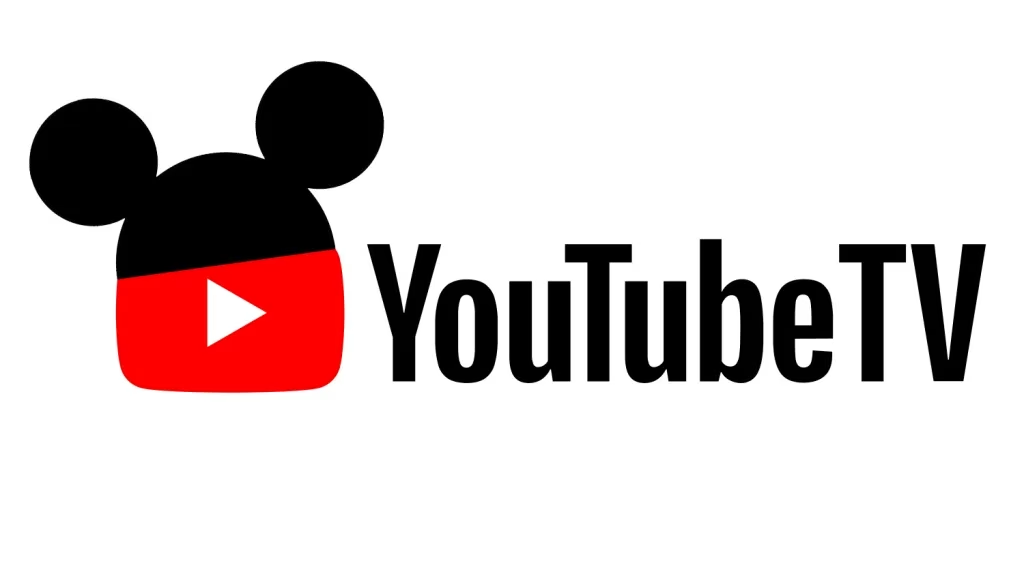Disney Channels Poised to Go Dark on YouTube TV Amidst Renewed Contract Dispute
As of October 31, 2025, a critical contract dispute threatens to remove Disney-owned content, including popular channels like ESPN, ABC, Disney Channel, and FX, from YouTube TV. The standoff, centered on licensing fees and distribution terms, reached a boiling point as the previous agreement expired at 11:59 PM ET on October 30. Unless a last-minute deal is struck, the blackout for YouTube TV's estimated 8.2 million subscribers is set to begin at midnight ET on November 1. It's a high-stakes negotiation, with significant implications for both media giants and frustrated consumers.
The Financial Battleground and Subscriber Impact
This isn't the first time Disney and YouTube TV have found themselves at loggerheads over carriage fees; a similar dispute briefly pulled channels in 2021. However, the current negotiations are reportedly more intense. Disney is pushing for a substantial fee increase, estimated at 10-15% per subscriber, which could potentially add hundreds of millions annually to its revenue. The media conglomerate cites rising content production costs and the value of its extensive portfolio, now including a wider array of sports and entertainment properties post-Fox acquisition.
YouTube TV, an Alphabet-owned service, counters that Disney's demands are excessive and would necessitate passing on significant price hikes to its subscribers. In anticipation of a potential blackout, YouTube TV has already notified users via email, pledging an automatic $15/month discount on their $72.99 monthly bill if the Disney channels are indeed removed. This strategic move aims to mitigate subscriber churn, though analysts suggest that if the blackout persists for more than a few days, anywhere from 10-15% of YouTube TV's subscriber base could consider switching to rival services like Hulu + Live TV or Sling TV.
Corporate Statements and Consumer Frustration
Both companies have issued public statements, firmly outlining their positions. Disney, through its official blog, stated its commitment to "fair compensation" for its "world-class content," urging viewers to explore alternatives such as Hulu + Live TV – a service it partially owns – to avoid service interruptions. The message underscores the value of its sports, family, and entertainment programming, suggesting YouTube TV is undervaluing its offerings.
YouTube TV, meanwhile, expressed disappointment, emphasizing its efforts to reach a "fair deal that keeps prices low for our members." Its decision to offer a discount is positioned as a consumer-friendly approach, prioritizing affordability over acceding to what it deems unreasonable demands.
The most immediate impact, predictably, falls on the end-user. Social media platforms are abuzz with user frustration, with many criticizing both companies for "corporate greed." Users are particularly vocal about the potential loss of live sports, especially with key NFL and college football matchups scheduled. Some are already discussing switching providers or leveraging free trials to circumvent the blackout. It’s a familiar pattern.
A Deeper Dive into Industry Dynamics
This latest clash is symptomatic of broader trends in the streaming and live TV industry. Content providers like Disney are increasingly leveraging their valuable intellectual property and live sports rights to demand higher fees. Simultaneously, streaming services are fighting to retain subscribers in an increasingly fragmented market, often reluctant to raise prices. The inclusion of potential demands for ad revenue sharing from YouTube's burgeoning free ad-supported TV (FAST) channels also adds a new layer to these negotiations, reflecting evolving monetization strategies.
While similar disputes in the past have often led to swift resolutions, typically within a few days, the financial stakes appear higher this time. The industry is navigating inflation, intense competition, and a continued shift towards on-demand viewing, which now accounts for a significant portion of U.S. viewership. This standoff could set a precedent for future carriage negotiations, potentially accelerating cord-cutting or prompting more innovative bundling solutions for consumers if a resolution, perhaps including discounted Disney+ access, is eventually reached. For now, millions of viewers are left in limbo, awaiting the outcome of this corporate tussle.
